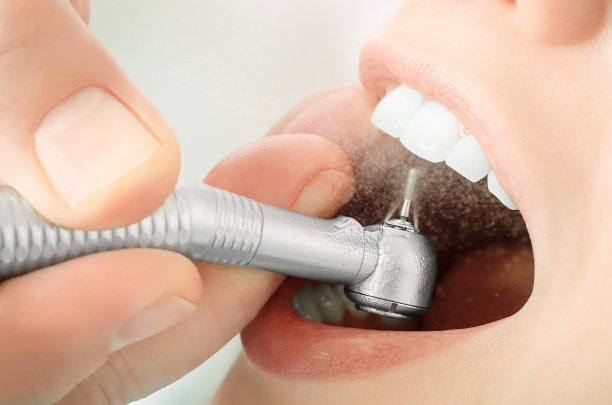Essential Precautions to Ensure a Successful Root Canal Treatment and Avoid Complications for Optimal Dental Health
Summary: Root canal treatment is an essential dental procedure for saving infected or damaged teeth. To ensure a successful outcome and prevent complications, several precautions must be taken throughout the treatment process. This article outlines essential precautions divided into four key areas: proper patient assessment, utilization of modern technology, adherence to infection control protocols, and the importance of post-treatment care. Each section provides detailed insights aimed at enhancing the chances of a successful root canal, thus promoting optimal dental health for patients.
1. Proper Patient Assessment Before Treatment

Before initiating a root canal treatment, a thorough patient assessment is crucial. This process begins with a comprehensive dental examination, during which the dentist evaluates the patients dental history and current oral health. Understanding the severity of the dental issue is fundamental for planning an effective treatment strategy.
Additionally, diagnostic imaging such as X-rays plays a key role in assessing the extent of infection or damage in the tooth. These images help in identifying any complications such as the presence of additional canals or anatomical abnormalities that may affect the treatment process.
Finally, patient-specific factors such as medical history, allergies, and current medications must be considered. This personalized approach ensures that the treatment plan is safe and tailored to the individuals unique needs.
2. Utilization of Modern Technology
The advancement of dental technology significantly enhances the success rate of root canal treatments. Utilizing digital imaging techniques allows for precise diagnosis and treatment planning. Cone-beam computed tomography (CBCT), for instance, provides three-dimensional views of the tooth and surrounding structures, offering valuable information that traditional X-rays might miss.
Another important technology is endodontic microscopes, which enable dentists to visualize the intricate details of the root canal system. This enhanced visibility allows for thorough cleaning and shaping, reducing the risk of leaving behind infected tissue.
Finally, the use of rotary endodontics tools can greatly improve the efficiency and effectiveness of the treatment. These tools make the cleaning and shaping process faster and more precise, ultimately contributing to a higher success rate.
3. Adherence to Infection Control Protocols
Maintaining strict infection control protocols is critical during root canal treatments. The use of appropriate personal protective equipment (PPE) by the dental team is essential to prevent cross-contamination. Masks, gloves, and eyewear should be mandatory to protect both the patient and the dental staff.
Furthermore, the dental operatory must be properly sterilized before each procedure. This includes disinfecting surfaces and using sterilized instruments to eliminate the risk of infection. Regular monitoring of sterilization practices and materials is also crucial to ensure consistent safety standards.
Finally, employing the rubber dam technique isolates the tooth being treated, preventing moisture contamination and minimizing the risk of bacterial infection during the procedure. This practice not only protects the tooth but also enhances the quality of treatment performed.
4. Importance of Post-Treatment Care
The success of a root canal treatment is not solely dependent on the procedure itself; post-treatment care is equally important. After the treatment, dentists provide specific instructions to patients on how to maintain oral hygiene and manage discomfort. Following these guidelines is essential for preventing complications.
Regular follow-ups are also crucial. Patients should schedule appointments for their dentist to monitor the healing process and check for potential complications. Early detection of any issues can lead to prompt intervention, reducing the likelihood of further treatment.
Moreover, maintaining a healthy diet and avoiding hard or sticky foods during the initial recovery phase can significantly impact the treatments success. Patients should be cautious and mindful about their choices to support healing and optimal dental health.
Summary:
In conclusion, essential precautions, from proper patient assessment to post-treatment care, play a pivotal role in ensuring a successful root canal treatment. Each aspect, including modern technology and adherence to infection control protocols, contributes to minimizing complications and enhancing dental health. By emphasizing these precautions, patients can enjoy a higher success rate in their root canal treatments.
This article is compiled by Vickong Dental and the content is for reference only.



